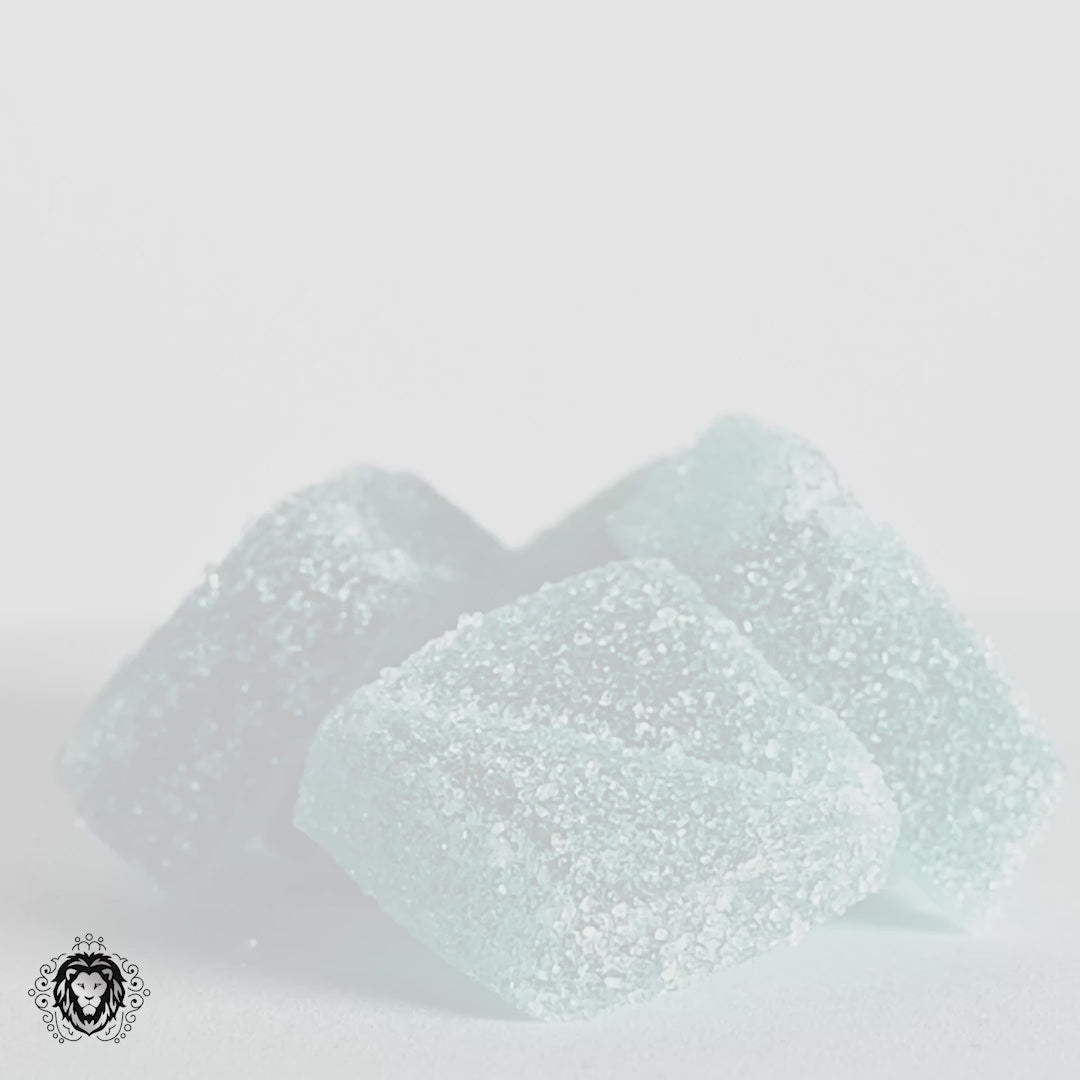Top hemp-based construction companies will gather in France this October to share the latest innovations in using hemp as a game-changing building material.

Hemp, as a primary ingredient in building materials, could become the future of construction with the continued growth and expansion of the hemp industry. In order to showcase that potential, pre-fabricated hemp building solutions will be prominently featured at this year's 10th annual International Hemp Building Symposium, set for Lacapelle Marival, France, Oct. 11th-12th, 2022, according to HempToday.
"We are showcasing solutions that can be mainstreamed to make hemp an alternative to the highly polluting conventional building industry," said Steve Allin, IHBA Director.
"We are showcasing solutions that can be mainstreamed to make hemp an alternative to the highly polluting conventional building industry."
- Steve Allin, IHBA Director
The main construction material produced from hemp, known as "hempcrete", is made by mixing hemp hurd, the inner woody core of the hemp plant's stalk, with an organic lime-based binder and water. It's a non-structural compound, meaning buildings would still require a traditional foundation and frame. Likewise, it cannot be used in situations where it would be in constant contact with groundwater.
With that said, it has the potential to be a true game-changer not only economically but also in helping to create a more sustainable and ecologically friendly world. The advantages are significant, which is why there is so much enthusiasm regarding how impactful hempcrete could ultimately become.
Some of the benefits include (Way of Leaf):
- Excellent Insulator
- Extremely Lightweight
- Capable of handling a greater degree of movement than concrete
- Exceptionally durable, it can last hundreds of years
- Non-toxic and good for the environment. Excellent Carbon Sequestration
- Highly resistant to mold and moisture
Of those, insulation, moisture handling (mold resistance), and carbon sequestration are what truly excite advocates for the use of hemp-based construction materials.
Climate change is one of the greatest threats facing the planet. Our structures are responsible for almost half of all greenhouse emissions during construction as well as the heating, cooling, and maintenance of those buildings. Hempcrete has the potential to significantly reduce those greenhouse gas emissions at each of these stages, making it a truly sustainable building material.
Instead of emitting carbon dioxide, hempcrete sequesters it during the structure's life. As plants grow, they absorb carbon from the surrounding atmosphere, and due to its rapid growth rate, hemp can lock up more carbon per hectare than just about any other plant, including trees. When harvested, mixed with lime and water, and put into a building, it locks up that carbon for the lifetime of the structure.
And not only can hempcrete sequester carbon, but it can also help reduce the production of additional CO2 emissions. As Steve Allin also shares, “What’s really important about this material is we can create new structures, or we can update or retrofit existing structures so that they don’t need air conditioning.”
But as exciting as these potential innovations seem, there are some disadvantages to using hempcrete in construction. One significant factor limiting the viability of hemp as a construction material is that very few companies now use it in their construction processes. At present, at best, a few hundred properties are made from hemp in the United States.
Some of the other challenges facing the hemp-based construction industry include (Way of Leaf):
- Lack of Knowledge
- Limited Uses
- More Expensive than Concrete
- Availability
- Limited Square Footage of Living Space
Lack of knowledge and availability are the most difficult issues confronting potential builders.
Hemp is a relatively new material, and, as such, there isn't much information on it as a building ingredient. In addition, eighty years of hemp prohibition just ended recently in the United States. So, most companies utilizing hempcrete have only had access to it for a few years. Unfortunately, during that period, an invaluable wealth of knowledge about creating hemp structures was lost, forcing companies to relearn those methods.
Another limiting factor is that farmers who grow hemp make more money from the lucrative CBD products than from construction hemp. And their associated CBD production costs are much lower as well. So, even if a construction company wanted to commit to manufacturing buildings with hemp, their potential sources are pretty limited in the United States. And with hemp still being illegal to produce in many foreign countries, they can’t look overseas for their source material.
But despite these obstacles, the future of hemp as a construction material is bright, and its potential is both economically and environmentally vital. And for those few individuals with the experience of living in a house built of hemp, the positives far outweigh the challenges.
As Pamela Bosch, a proud hemp house owner, shares, "When you're in it, it's really obvious that it's a better way to build. The acoustics are so much better. You can feel and hear the difference when you walk in the door."
"When you're in it, it's really obvious that it's a better way to build. The acoustics are so much better. You can feel and hear the difference when you walk in the door."
- Pamela Bosch, Hemp House Owner
So as the top pioneers in the use of hemp-based construction descend on France this October, it will be interesting to see what new and potentially exciting innovations emerge for the ever-expanding reach of the magical hemp plant, one that seems to have no limits on what it can do to improve not only the physical well-being of the human race but the entire planet as well.








































